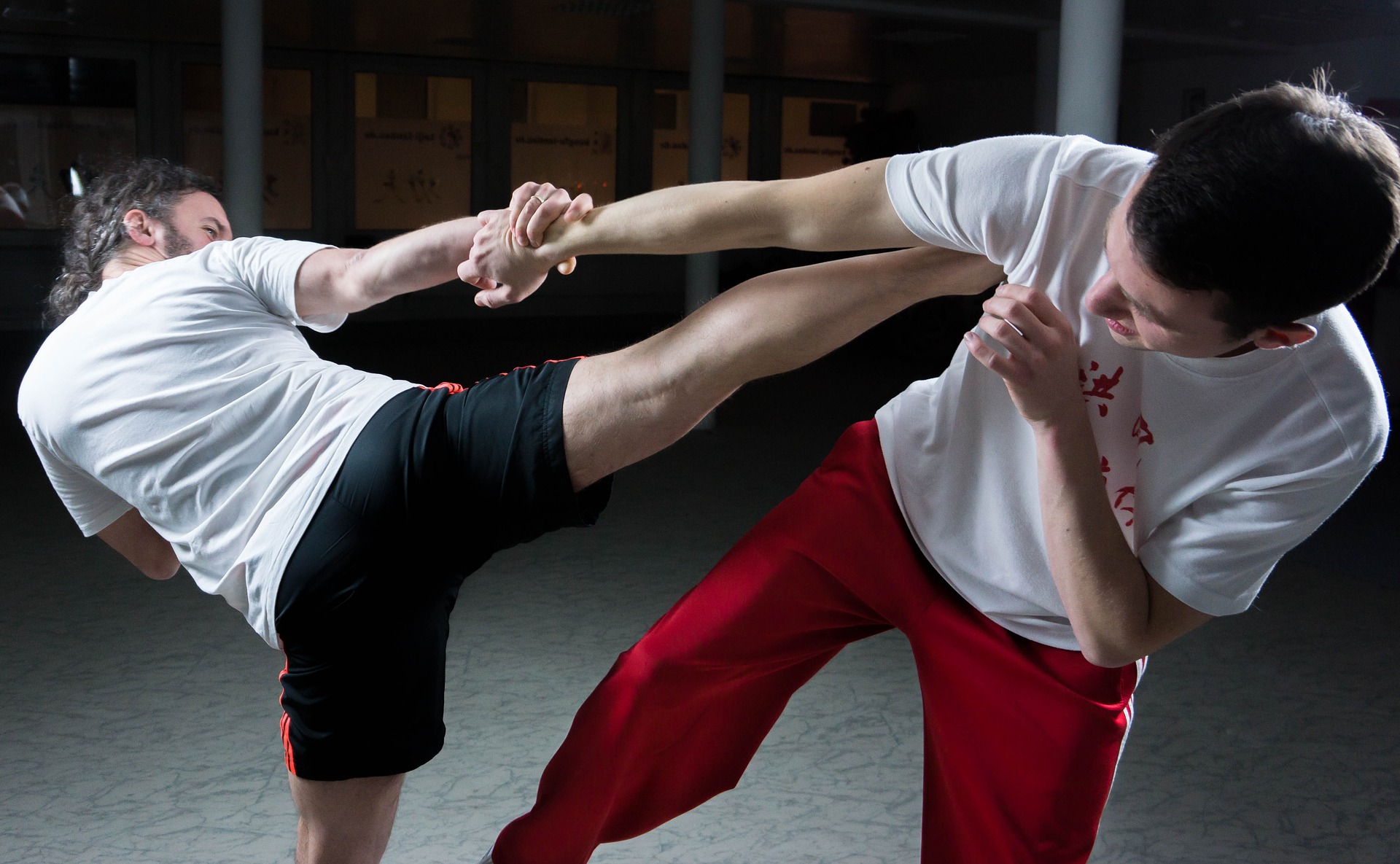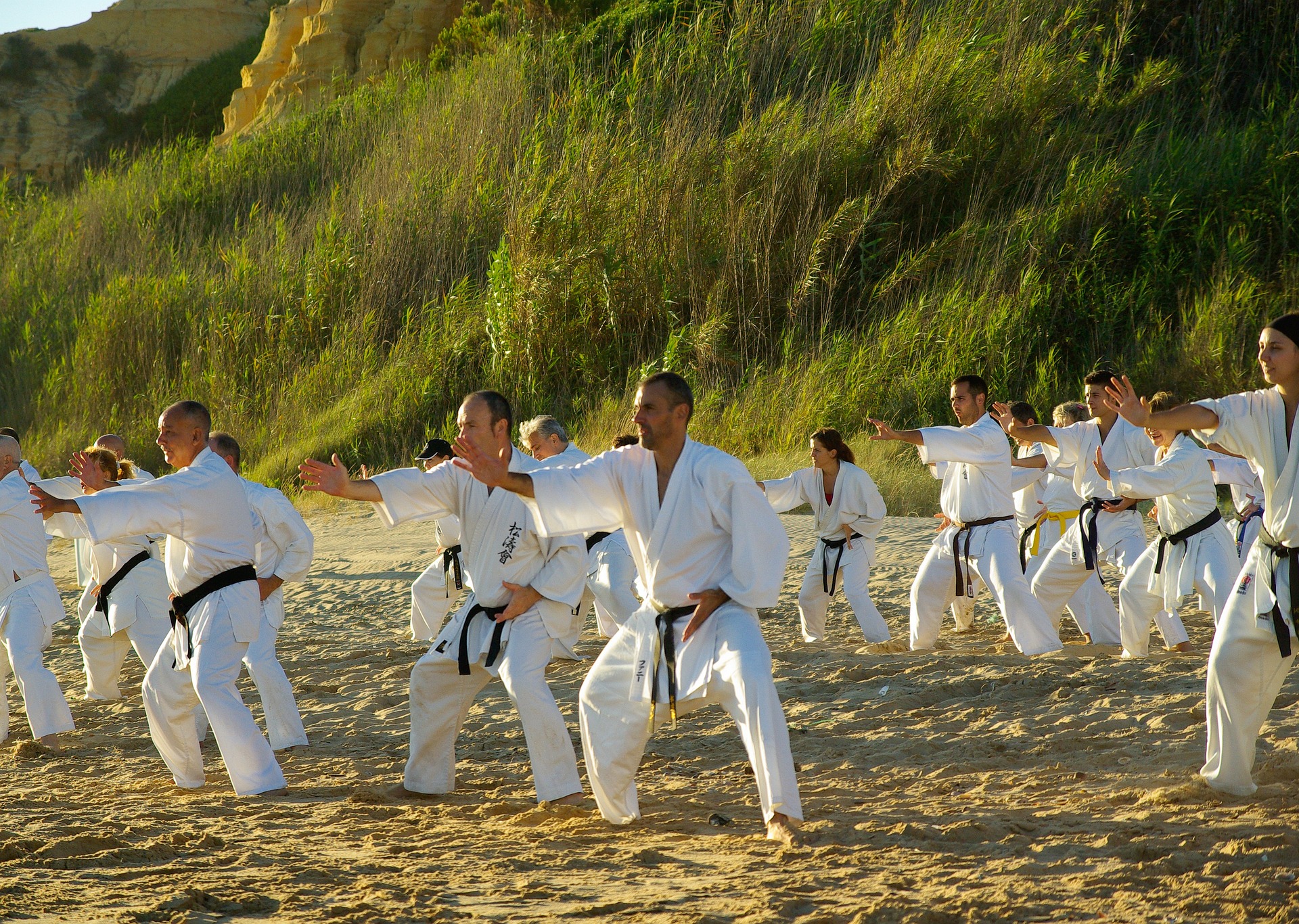In high school, we were all issued lockers secured with combination locks. I remember the frustration during the first week of school—I couldn’t remember the combination to my brand-new lock. “What’s the combination?” I’d ask myself. “Well… I know most of the numbers.” Of course, knowing most of the combinations doesn’t get the lock open. You either know it, or you don’t.
The same is true in martial arts.
Just being familiar with a technique—or recognizing it when you see it—doesn’t mean you truly know it. This is a common frustration for instructors: the student who claims to “know” a technique but can’t perform it with precision. These students often say things like:
- “Oh, I know that technique. Can’t we learn a new one? That one’s too simple.”
- “I know that already… I just forgot how it starts.”
- “Why are we doing this again? I already tested on it.”
The First Step in Real Learning
The hallmark of these students is the inability to perform the technique on command. Often, they rush through it, skipping proper stances, angles, or intent. Their movement becomes robotic, sloppy, or rushed—like a spaghetti monster in fast-forward. They don’t know the technique—they merely recognize it.
Actual competence in martial arts means learning and retaining all your material—not just parts. The whole sequence must be memorized and recalled effortlessly. This is muscle memory. As you advance in rank, you’ll be asked to demonstrate the technique on the opposite side, while blindfolded, or against a resisting partner. If you only know fragments, you won’t be able to adapt—and adaptation is essential.
Practice Until You Can Teach It
One of the best ways to deepen your understanding is to teach the technique to someone else. That doesn’t mean taking on the role of an instructor, but simply walking someone through the sequence and explaining what you’re doing.
This exercise often reveals gaps in your knowledge—or forces you to see the technique in a new light. When I was on our dojo’s Leadership Team (for instructors-in-training), I was frequently surprised by the questions beginners would ask—questions I didn’t always have the answer to. A quick consultation with my chief instructor helped me fill in the gaps, but it also taught me a valuable lesson: you’re never too advanced to learn something basic.
Repetition Builds Insight
You need repetition to understand a technique truly. With every stage of practice, you gain new insight. Sometimes you uncover advanced applications. Other times, you realize the importance of a fundamental concept you had previously overlooked. These moments often illuminate the deeper mechanics of Kempo—the “why” behind its effectiveness.
Here are three signs you honestly know your material:
- You can perform it on command, accurately, and with correct form.
- You can carry on a conversation while executing it smoothly.
- You can adjust it instinctively for different partners or situations.
So the next time you’re tempted to skip over an “old” technique, don’t. Go back and do it a few more times. Mastery isn’t a destination—it’s a journey. And every repetition brings you closer.
Have you ever forgotten a technique you thought you knew? Or remembered one you thought you forgot? Share your story with us—we’d love to hear how your journey is unfolding.



